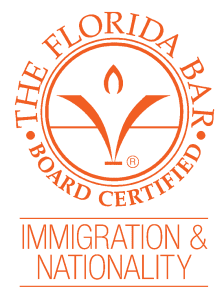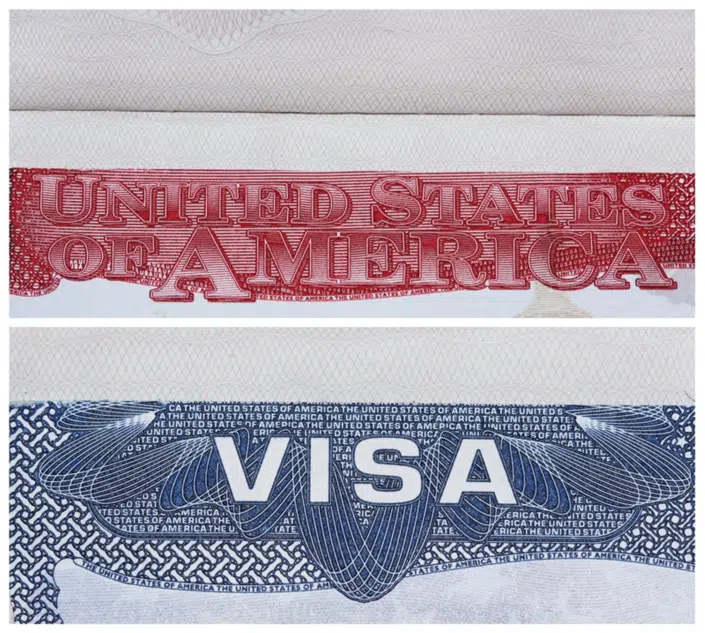Targeted Employment Areas: An Overview based on the RIA
The EB-5 Reform and Integrity Act of 2022: Implications for Urban Projects in the New TEA Designation Landscape
The EB-5 Reform and Integrity Act of 2022 (RIA) has brought about significant changes to the EB-5 Immigrant Investor Program, including a shift in the authority for designating Targeted Employment Areas (TEAs) from state governments to the United States Citizenship and Immigration Services (USCIS). This shift has potential implications for EB-5 projects, particularly those in urban areas. This blog post will explore these implications in detail.
Key Changes to EB-5 High Unemployment Projects:
- Designation of High Unemployment Area: The RIA empowers the Secretary of Homeland Security, or a designee, to designate a high unemployment area. This area can be a census tract or contiguous census tracts where the new commercial enterprise is principally doing business and the weighted average of the unemployment rate is not less than 150 percent of the national average unemployment rate.
- Prohibition on Other Officials: The RIA explicitly prohibits any other federal official or any official of a state or local government from designating a targeted employment area as a high unemployment area.
- Duration of Designation: The designation of a high unemployment area remains in effect for a two-year period from the date an application is filed or at the time of investment. This designation can be renewed for additional two-year periods if the area continues to meet the criteria.
- Additional Investment Not Required: If an immigrant investor has invested the required amount of capital in a targeted employment area designated as a high unemployment area during the period in which the area is so designated, they are not required to increase the amount of investment due to the expiration of the designation.
Comparative Analysis: TEA Designation Pre- and Post-EB-5 Reform and Integrity Act of 2022
To better understand the changes brought about by the EB-5 Reform and Integrity Act of 2022 (RIA), it is helpful to compare the new rules for Targeted Employment Area (TEA) designation with the previous practices. The following table provides a side-by-side comparison of the key aspects of TEA designation pre-RIA and post-RIA. It is important to note that the pre-RIA practices varied by state, as each state had its own criteria and procedures for designating TEAs. The post-RIA changes aim to bring more uniformity and consistency to the process.
| Criteria/Authority | Pre-RIA | Post-RIA |
|---|---|---|
| Designating Authority | State Governments | USCIS (Secretary of Homeland Security or a designee) |
| Designation of High Unemployment Area | Determined by state governments based on their own criteria | Determined by USCIS based on a strict formula: a census tract or contiguous census tracts where the new commercial enterprise is principally doing business and the weighted average of the unemployment rate is not less than 150 percent of the national average unemployment rate |
| Prohibition on Other Officials | No explicit prohibition | Explicit prohibition on any other federal official or any official of a state or local government from designating a targeted employment area as a high unemployment area |
| Duration of Designation | Varies by state | Designation remains in effect for a two-year period from the date an application is filed or at the time of investment, and can be renewed for additional two-year periods if the area continues to meet the criteria |
| Additional Investment Requirement | Varies by state | If an immigrant investor has invested the required amount of capital in a targeted employment area designated as a high unemployment area during the period in which the area is so designated, they are not required to increase the amount of investment due to the expiration of the designation |
Please note that the pre-RIA practices varied by state, as each state had its own criteria and procedures for designating TEAs. The post-RIA changes aim to bring more uniformity and consistency to the process.
Implications for Urban EB-5 Projects:
The shift in TEA designation authority from state governments to USCIS is expected to have a significant impact on EB-5 projects in urban areas. Here’s how:
1) Uniformity and Consistency:
The new rules ensure a more uniform and consistent application of the criteria for TEA designation. This could potentially level the playing field for projects in different urban areas, as the designation will no longer be subject to varying state criteria.
2) Increased Scrutiny:
With USCIS now in charge of TEA designation, there may be increased scrutiny and potentially longer processing times for EB-5 applications. This could impact the timelines for urban projects relying on EB-5 funding.
3) Impact on High Unemployment Areas:
The new rules could potentially make it more challenging for certain urban areas to qualify as high unemployment areas. This is because the designation now relies on a strict formula based on census tracts, which may not favor densely populated urban areas with pockets of high unemployment.
4) Investor Attraction:
The changes could impact the attractiveness of urban projects for potential investors. If an urban area loses its TEA designation under the new rules, the required investment amount for EB-5 investors increases, which could potentially make the project less attractive to investors. This may also place a project in jeopardy if the project still needs to raise EB-5 capital.
5) Rural Projects Become More Popular:
The EB-5 Reform and Integrity Act of 2022 (RIA) introduces a new provision that reserves a portion of EB-5 visas specifically for investments in rural and high unemployment areas. According to the RIA, 20% of visas are reserved for qualified immigrants who invest in a rural area, and 10% are reserved for those who invest in an area designated as a high unemployment area. This new provision could potentially make rural projects more attractive to investors. Previously, urban areas, particularly those in major cities, were often able to qualify as TEAs by combining census tracts, a practice that has now been limited by the RIA. With the new rules, rural projects may become more competitive as they now have a dedicated portion of visas reserved for them. Moreover, the RIA also prioritizes the processing and adjudication of petitions for rural areas. This could potentially lead to faster processing times for investors in rural projects, further increasing their attractiveness. However, it’s important to note that the impact of these changes will also depend on how USCIS implements them and how investors respond to the new landscape of TEA designations.
Conclusion:
The EB-5 Reform and Integrity Act of 2022 has introduced changes that could significantly impact EB-5 projects in urban areas. It is crucial for project developers and potential investors to understand these changes and their implications. As always, consulting with experienced immigration attorneys is recommended to navigate the complexities of the EB-5 process effectively. To speak with our firm’s expert EB-5 Visa immigration team, please contact us.
















